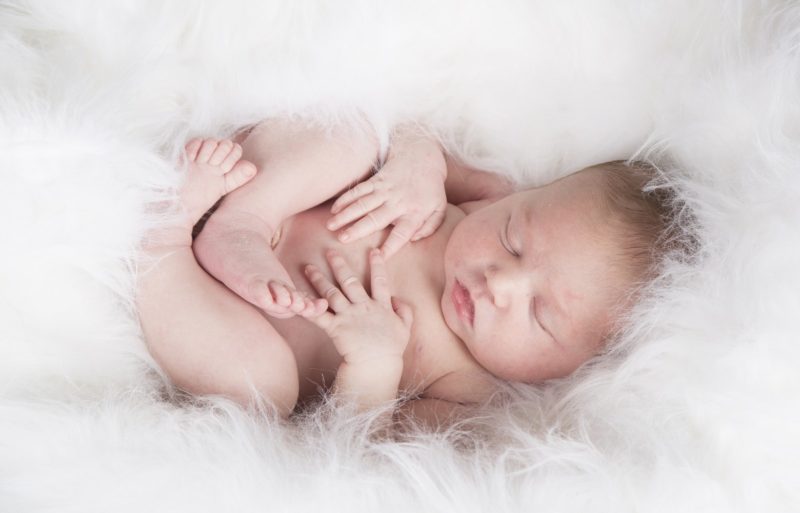What rhymes with bed? Nothing goes wrong with rhyming bed with words that end in –ed.
Remember when you are in school? You have to construct a poem just for someone.

When you make a poem you had a hard time looking for words that rhyme and actually connect with each other.
I also had a tough time looking for words that could go well with different words. Although I found out that there’s a trick to it.
I’ll be teaching you all about rhymes, how to use them, their usage, how to find words that rhyme with “bed”
So, stay tuned and read up if you are ready to learn more about rhymes.
Rhyme
Rhyme is a literary device most commonly used in poetry. It includes similar-sounding syllables at the end of the word.
Principally, a rhyme is a function of sound rather than spelling. Some words don’t have the same letter ending but sounds the same.
Some writers use rhyme to create sound patterns that would seem the literary work interesting and to emphasize words artistically.
Examples Of Rhyme
Basically, there are 6 most common types of rhyme.
That includes the perfect, slant, eye, masculine, feminine, and end rhyme.
So what rhymes with bed?
Let’s take the following rhyme types to find the words that could rhyme with “bed”.
#1. Perfect rhyme
These rhyme pattern feature two words with exact assonance, and several syllables
Example: bed – red, fed, Ted, Wed
Note:
Basically, you will have to change a letter or two before the same 2 letters ending of the word.
#2. Slant rhymes
This type of rhyme features similar yet not exact assonance or number of words. It is also called a half-rhyme or an imperfect rhyme.
Example: bed – ahead, misled, instead, forehead, bloodshed, unsaid, blockhead
Note:
They may have the same sounds at the end but some of the letters may differ from the usual “-ed” to a word that ends in “-ead”.
#3. Eye rhyme
Eye rhyme on the other hand is a rhyming form that features two words that may similarly appear the same when read but doesn’t actually rhyme when pronounced.
Example: bed – bead, feed, heed, knead, fined, called
Note:
They may have the same ending but when pronounced they differ. The soft “e” becomes a long “e” sound.
#4. Masculine rhyme
The rhyming pattern in this type takes form between the final stressed syllables of the 2 lines.
Example: compare – repair
Note:
It is best to use this type of rhyme on words that has 2 syllables or more.
#5. Feminine rhyme
Feminine rhyme is a rhyming form that features multi-syllables wherein it stresses the unstressed syllables that rhyme with each other.
Example: bed – bred, Fred, bled, fled, sled,
Note:
Changing the first letter but this is best with words that have 2 syllables or more.
#6. End rhyme
Last but certainly not least is the end rhyme. The end Rhyme occurs in the last word of 2 consecutive stanzas.
Example:
Here I am in my bed,
Noises are coming from my head.
Uses Of Rhymes
As I’ve mentioned above, rhymes are most commonly used in poetry since they give an artistic touch to the literary work.
How do you think rhyme does that? Here is some rhyme used in poetry.
#1. Link ideas
Yes, a rhyme may tie the words together in your mind.
A relationship between the words may form suggesting the combination of both in a sentence as well as their sound alike.
The rhymes of 2 words will make a thought on the readers or the listeners about the relationship between them.
Will, then you have caught their thoughts and their attention when they’ve read or heard the rhymes.
#2. Memorable
Poems with rhymes at the end tend to be easy to memorize. Rhyme makes a sound pattern that enables you to predict which word comes next.
These sound patterns are what enabled us to say the alphabet and words when we are still in our toddler stage.
We tend to listen to the sound patterns and make use of it to follow what the grownups were saying.
It enabled us to pronounce and say words that we couldn’t have learned before.
The same principle applies when we are learning new languages. We learn by sound patterns and through this, we could memorize.
#3. Tradition
Some poets try to make their poems with a pattern of ABAB CDCD EFEF GG.
Usually, lines are used in making a poem. It is called a Shakespearean English sonnet.
Since the poem pattern that has rhymes do go with this one, it may seem predictable and adds finesse to the work.
#4. Showcasing wit
Writing schemes of rhyming words rises the difficulty level of the poem. Since you will be using limited words that should go well with the former.
This creates a flow that you would want to listen to and will be fun to predict which word will be used next.
Conclusion
Do you know what rhymes with bed? I hope the examples mentioned above helped.
I case you need more rhyme references for other words, or you would want to make poems about beds, here is some reference.
